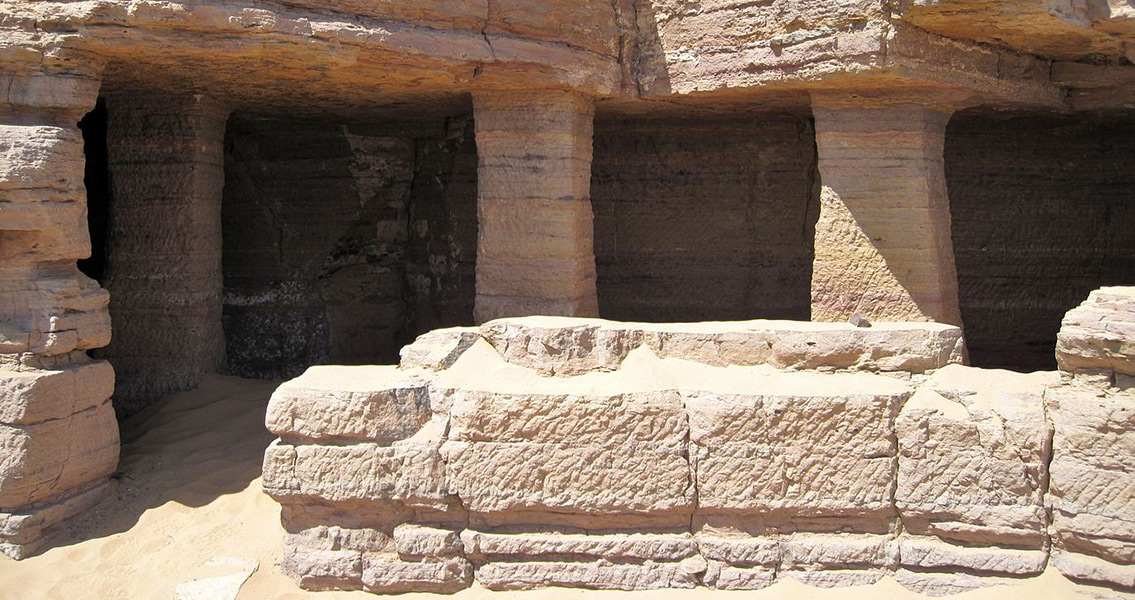<![CDATA[Spanish researchers have identified what is the oldest known case of breast cancer in a 4,200-year old skeleton in Egypt. All the bones of the woman were found to have suffered the severe deterioration associated with the metastasis of breast cancer. This makes it one of the very few pieces of evidence that cancer is not a modern disease and was present, although definitely not so prevalent, in ancient times too. Prior to this latest discovery, the earliest complete skeleton with evidence of cancer had been found in 2014 by British researchers examining a tomb in Sudan that contained a 3,000-year-old male skeleton. This new find was made by a team of anthropologists from the University of Jaen, led by Miguel Botella from the University of Granada. The researchers were taking part in the “seventh archaeological season” of the University of Jaen in West Aswan, at the necropolis of Qubbet-el-Hawa, a statement from Egypt’s Antiquities Minister reads. After they had examined the body of the breast cancer victim, they were able to establish that she was an adult, lived near the end of the Sixth Dynasty in Elephantina, southern Egypt, and belonged to the aristocracy. This latest piece of information was gleaned from the fact that she must have been prevented by her illness from performing any labour, but there was evidence that she was cared for until her death. The University of Jaen team has been working at the Qubbet-el-Hawa necropolis site since 2008, led by Alejandro Himenez, they have been aiming to learn more about the life and burial rituals of the Elephantina elite from the period between 2250 and 1750 BCE. The earlier find, in Sudan, was of a man aged between 25 and 35 who had died of cancer of the soft tissue, as evidenced by lesions in his bones, identified by a research team led by Michael Binder from Durham University. The lesions were located through radiography and electron microscopy, with the technology revealing the cancer had metastasised in all the large bones of the man’s body. The organ where the cancer originated could not be identified due to the age of the find, but the researchers suggested that causal factors could have included environmental carcinogens such as smoke, genetics, or an infection such as schistosomiasis, which is caused by a parasitic worm in water. Binder commented at the time that such discoveries could help science glean some insight into the evolution of cancer and its history through the millennia. As pointed out earlier, cancer evidence in ancient human remains is an extremely rare occurrence, which makes any discovery in this area a major one. Today, cancer is among the leading causes of death globally, with the World Health Organisation estimating the number of newly diagnosed cases at 14 million in 2012, and projecting this number to grow to 22 million by 2032. Due to the scarcity of evidence of the illness in ancient remains, scientists have put forward the idea that there are three main reasons for cancer’s current prevalence: genetics, modern lifestyles, and the simple fact that people today live longer. Image courtesy of Wikimedia Commons user: Olaf Tausch ]]>
Oldest Breast Cancer Case Found in Egypt
